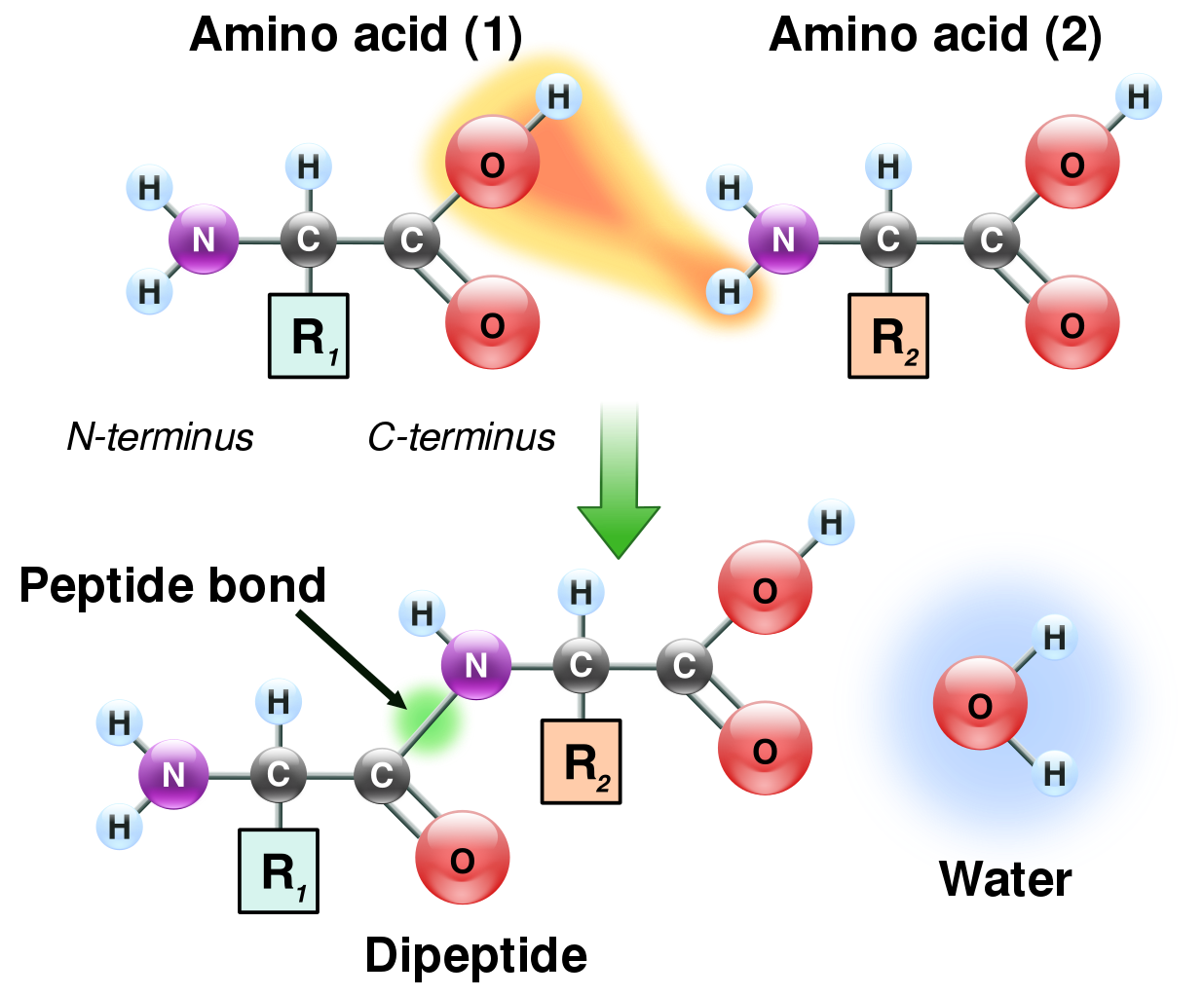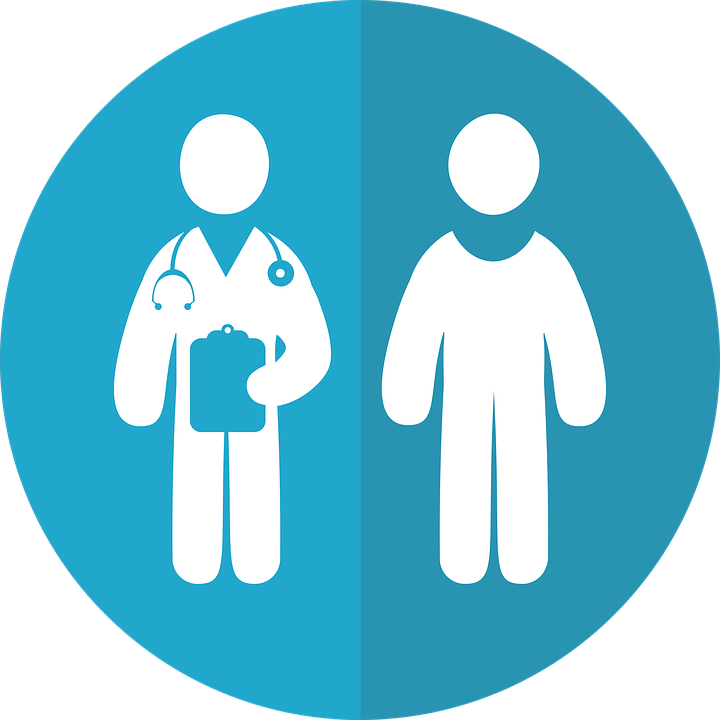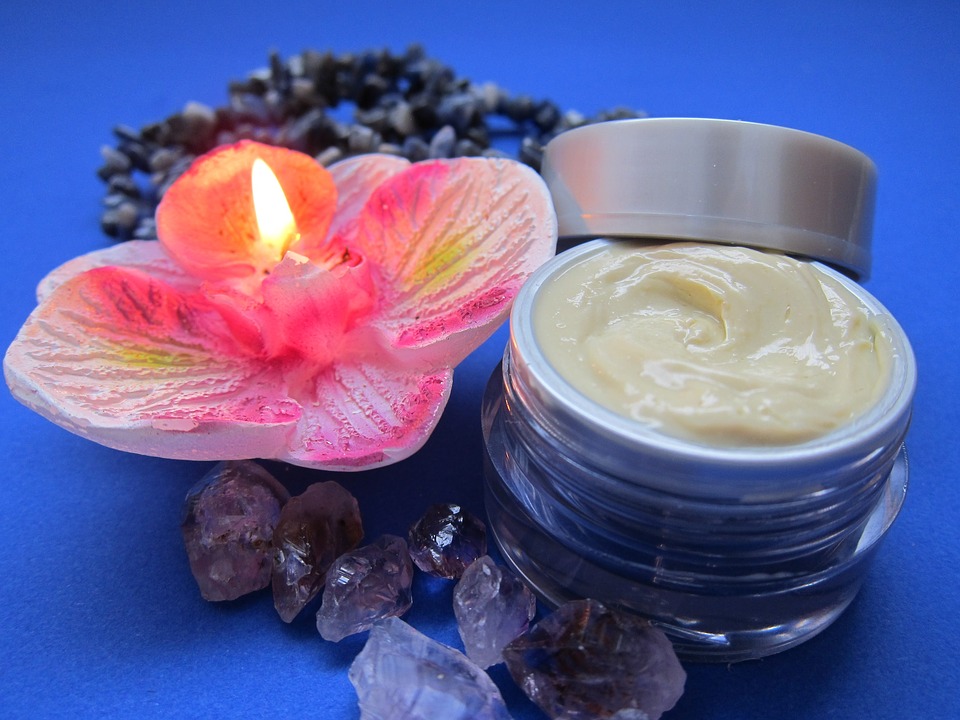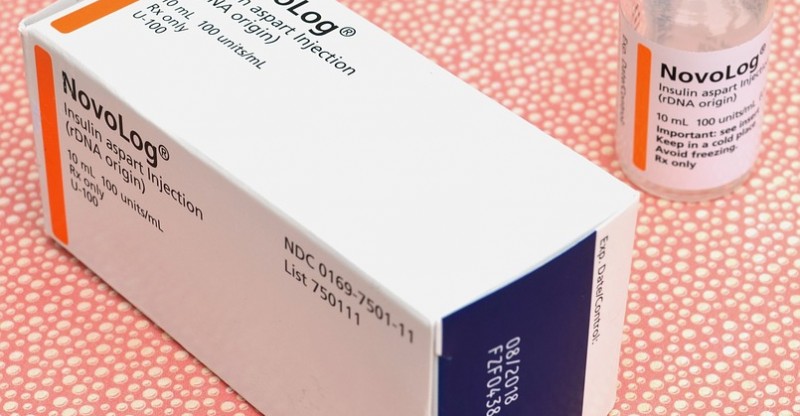What are Peptides and How do They Work?
Peptides are formed by amino acids connected by a specific bond — they are the building blocks of proteins.
More than 7,000 peptides have been identified in nature and much more have been synthesized in laboratories.
In recent years, peptides have garnered extensive discussion amongst healthcare, athletic, research, and beauty circles.
The term “peptide” may be unfamiliar to most, but chemicals such as oxytocin and insulin are widely-known important discoveries.
These are both, in fact, peptide hormones – hormones whose molecules are peptides.
Since secretin, a peptide hormone, was discovered in 1902, peptides have been an important area of scientific research.
This post should help familiarize you with what peptides are and how they work, giving you a glimpse into the many ways that they can improve health and quality of life.
Chemical Structure

Peptides are compounds consisting of two or more amino acids connected by a peptide bond.
This kind of bond is formed when the carboxyl group of one molecule reacts with the amino group of another to release a water molecule.
When a peptide has 10-30 amino acids, it becomes a polypeptide.
When one or more polypeptides are joined in a certain way, they become a protein.
All proteins are polypeptides.
When a peptide consists of more than 50 amino acids, they automatically come to be classified as proteins.
Although peptides are known as smaller versions of proteins, they have abilities beyond this identity.
Peptide Classes

Peptides are categorized into classes based on how they are produced.
Each class has a set of purposes for which they tend to be used.
- Milk Peptides are produced from milk, which is rich in protein. They are created when milk proteins go through enzymatic breakdown by digestive enzymes or when milk is fermented, causing lactobacilli to form proteinases. This class of peptides has been shown to have antihypertensive effects in scientific studies.
- Peptones are formed by the hydrolysis of protein – the partial chemical breakdown that occurs when protein, in the form of animal tissue, milk, plants, or other source comes into contact with water. Peptone water has applications in microbiology as a growth medium for bacteria.
- Ribosomal Peptides are formed by the translation of mRNA. Compared to nonribosomal peptides, these are more easily modified after formation to become new peptides.
- Nonribosomal Peptides are synthesized without the involvement of ribosomal machinery. Soil-inhabiting microorganisms are the primary creators of nonribosomal peptides. The nonribosomal peptide surfactin can be used to revive oil-contaminated soils, and the nonribosomal peptide bacitracin can be used as an antibiotic.
- Peptide Fragments are either formed by enzymatic degradation in a laboratory setting or found in nature, after having gone through natural degradation. They can be used for identifying or quantifying their source proteins.
Uses for Peptides
Proteins are ubiquitous in human life.
Peptides, their smaller versions, have a similarly wide range of applications.
They are often easier to absorb than proteins.
They have many useful applications in healthcare, cosmetics, and bodybuilding, making them powerful components of consumer ad industry.
Peptides as Therapeutic Drugs

Therapeutic peptide drugs can be prescribed to patients suffering from a variety of health problems.
These comprise a large part of modern cancer research and have a variety of current and potential applications in the oncology field, as some types of peptides can target cancer cells without damaging regular cells.
Peptide-based hormonal therapy can aid in the treatment of breast and prostate cancers.
Peptide-based cancer vaccines can be created from synthetic peptides derived from the protein sequences of certain antigens.
In fact, this kind of vaccine makes up the majority of clinical trials focusing on biological therapy for cancer.
Peptides that can have a positive impact on biological functions are called bioactive peptides.
They can work as antioxidants, antimicrobial agents, hypertension fighters, and much more.
Many antibiotics and hormones (including insulin) are peptides.
Peptides are an important area in healthcare research and have great potential.
Peptides as Anti-Aging Cosmetics

Peptides can help reinforce pre-existing proteins in the body.
Protein production decreases with age, and peptides can help to combat this reduction.
When applied to the skin, certain peptides can have rejuvenating effects, including smoothing, hydration, and firming.
Various peptides are often combined into one anti-aging product so that various effects can be achieved simultaneously.
Collagen, for example, is a protein that makes up most of the skin.
Collagen levels decrease as people age, and many anti-aging cosmetics incorporate collagen to reverse these effects.
Peptides are smaller than proteins, so are generally easier for the skin to absorb.
They come in serums, creams, and oils. Some of the peptides commonly found in cosmetics include:
- Collagen peptides, derived from bovines, are made from hydrolyzed collagen. This is a version of collagen that is easier to absorb.
- Palmitoyl, or Matrixyl, is the most commonly used peptide in skin care. Found in anti-aging cosmetics, it can reduce the appearance of wrinkles.
- Argireline achieves a similar effect to the Botulinum Toxin, commercially known as Botox. It effectively reduces wrinkle depth. This chemical can be found in cosmetics. SNAP-8 is one of the newer, currently popular manifestations of Argireline.
Peptides and Muscle Repair

Some peptides mimic naturally occurring peptides in the body, enhancing the body’s natural healing capabilities.
These are different from anabolic steroids as they typically have little to no side effects, and don’t usually affect reproduction organs.
Some of these include:
- BPC-157 is a type of synthetically-produced peptide that, in clinical studies, has been proven to facilitate the healing of muscle tears, bone fractures, and other injuries. It is known and used as an experimental treatment amongst bodybuilders, although it has not yet been officially approved for human consumption. No side effects have been reported.
- TB-500 is another synthetic peptide that can heal not only muscles but also skin and eye tissue. It is also an anti-inflammatory agent. It has undergone clinical trials and real-world trials on horses, resulting in increased race-day performance.
- Selective Androgen Receptor Modulators (SARMs), These stimulate the androgen, achieving a similar effect to taking testosterone, without the side effects of testosterone. These can help increase bone density and strength, according to reviews of their functions, making them invaluable to breast cancer and osteoporosis patients.
Peptides and Weight Control
Growth Hormone Releasing Peptides, or GHRPs, affect the number of growth hormones released by the hypothalamus and pituitary.
They can either increase or decrease growth hormone secretion, depending on the type.
They can affect growth hormone release rates and hunger levels, aiding in weight control.
They are instrumental to the treatment of metabolic diseases and are also popular among bodybuilders hoping to lose fat and gain lean muscle.
GHRP-6, for example, increases higher growth hormone secretion and promotes food intake.
It is used to treat issues such as GH deficiencies and eating disorders. GHRP-2, on the other hand, also promotes GH release, although it creates less hunger effect.
It can increase strength, help decrease fat in the body and help heal injuries.
Peptides and Athletes/Bodybuilders

Many peptides are available only through prescriptions, for patients with existing health complaints.
For healthy individuals, peptides can help improve performance.
Most consumer discussions on the Internet center around peptides for athletic and bodybuilding use.
They have become a popular alternative to anabolic steroids.
Steroids come with several unsightly side effects, but peptides work by enhancing the body’s natural abilities and come with few known side effects.
Peptides are also a worthy alternative to protein supplements due to their smaller size and relative ease of absorption.
Some peptides are available for purchase in supplement form, such as in collagen peptides powders.
Some athletes also inject high purity peptides that are labeled for experimental use, although selling them for this purpose is still an illegal practice.
The most popular peptide types used by athletes, whether legal or illegal, include the following:
- SARMs have a similar effect to steroids, without the side effect of converting testosterone into DHT, which is one of the most undesirable side effects of steroid use. Popular varieties used amongst bodybuilders include Ostarine, Ligandrol, and Andarine.
- GHRPs are popular amongst athletes for their variety of functions, including muscle repair, body fat reduction, and strength increase. GHRP-2 and GHRP-6 are most relevant to athletes.
- BCP-157 can aid in muscle repair.
- Ipamorelin is a type of GHRP that acts similarly to GHRP-2 and GHRP-6, although it does not cause increased hunger urges.
Peptides and Professional Athletics

Some peptides have been banned from usage in professional athletics by the World Anti-Doping Agency (WADA) due to their performance-enhancing qualities.
Growth Hormone stimulators, including GHRP-6, are banned substances, though they pass through the body quickly and are therefore difficult to detect.
SARMs are prohibited. Insulin-like growth factor-1 (IGF-1) is another banned substance.
This peptide can improve recovery time and muscle growth, though it can pose serious health risks if used on healthy individuals.
Though many peptides are banned, they are still a common choice for professional athlete use due to the difficulty of their detection.
Scrutiny over peptide use in professional athletics organizations, such as the MLB, will continue to increase over time.
Additional Uses
- Diagnostic peptides can aid health specialists in diagnosing patients, as some peptides change color when they come into contact with viruses or toxins. Lyme disease and HPV are examples of illnesses for which diagnostic peptides exist.
- Peptide nanotubes are gaining increasing interest in the nanotechnology field. They have several potential applications, including as a part of sensors and electronics.
- Food Corporations can employ bioactive peptides to aid in the preservation of food. The “beefy meaty peptide,” for example, gives foods a beefy flavor. This was discovered in 1978 but cannot be mass-produced due to high costs of production.
- Delta sleep-inducing peptides, or DSIPs, have been able to induce sleep in rabbits, reduce chronic pain, and treat narcolepsy. In the future, this has potential as a sleep quality drug for insomniacs.
Can Anyone Use Peptides?

Most high purity peptides are either intended for laboratory research use or are obtained through the prescription.
Many pure peptide products will include a specific disclaimer cautioning against human use, as they have not yet been approved for this.
Many consumers see even illegal peptides as cutting-edge products that should be used to enhance beauty, health, or performance.
Although many of the pure peptides used by amateur bodybuilders have not yet been approved for consumer sale, health supplements such as collagen powder and many of the skin care peptide products out there are completely legal to buy and sell for human consumption.
Why Not Use Peptides?
One of the largest drawbacks to pure peptide use amongst athletes and bodybuilders is that for a lot of peptides, no official standards of production or dosing have yet been created.
The extent of any risks is unknown, as not enough clinical trials have been done on the subject.
Another drawback to peptides is that peptide synthesis is expensive, making any products available on the market quite costly.
As many peptide treatment plans are continual, this expense is compounded.
As peptides become approved and more widely available to consumers, the costs of peptides are expected to decrease.
Peptides are typically applied topically or injected, as they would be broken down in the digestion process if imbibed.
The pain and side effects of injection can be a deterrent against their use.
Alternatives to Peptides

Due to the risks associated with peptide use, some scientists recommend healthy living habits such as exercise and shying away from smoking over peptide use for non-pressing concerns such as anti-aging.
Many bodybuilders turn to peptides to when they are not happy with the effects of their workouts.
Consumers who still consider peptide use should conduct extensive research on their intended peptide and know that some peptides are illegal for use outside of a laboratory or as a prescription.
The Future of Peptide Research
As peptide synthesis becomes a simpler and cheaper process, there will be potential for a higher volume of commercial peptide production.
People’s lives can change for the better, from better health treatment options to a more enriched life.
You can look forward to new, interesting applications.
Peptide research is an exciting field, as more and more applications for peptides are constantly being discovered and approved for human use.
With their limited side effects and closeness to natural body functions, peptides are something for consumers and scientists alike to be optimistic about.
FDA Compliance
The information on this website has not been evaluated by the Food & Drug Administration or any other medical body. We do not aim to diagnose, treat, cure or prevent any illness or disease. Information is shared for educational purposes only. You must consult your doctor before acting on any content on this website, especially if you are pregnant, nursing, taking medication, or have a medical condition.
HOW WOULD YOU RATE THIS ARTICLE?





